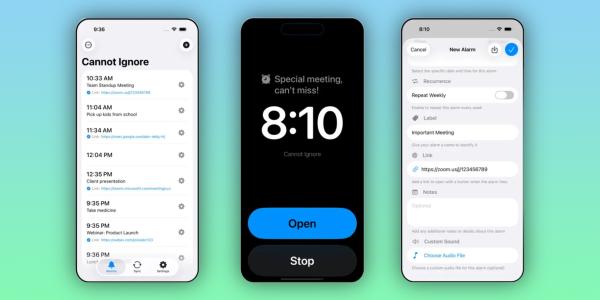Macs are easy to overlook as productivity machines by people who are not so much into Apple. To them, Macs are more like a fashion statement rather than a serious piece of hardware. But that couldn't be further away from the truth. MacBooks are very capable machines, even more capable when you know how to unlock their true potential.
We would objectively argue Macs are as good or even better than Windows, in terms of productivity. Some arguments about Mac's weaknesses just don't hold anymore. The OS is polished and well-refined, AppStore is full of useful apps that can extend productivity capabilities, and yes, you can game on MacBooks. That's one of the oldest "yes, but what about" things we're so used to hearing. But thanks to cloud gaming the "you can't game on Mac" just doesn't sound right anymore. And if you consider some of the most popular online games, like Aviator, which is a online casino game played directly from the browser, you can see how the narrative has shifted and how MacBooks are formidable machines that can compete with anything Windows can throw. Here's a useful list of tips and tricks for unlocking productivity with macOS.
Integrate Your Mac with Other Apple Devices
There's a good chance you already own at least an iPhone. That's good, because the more Apple products you integrate with your MacBook, the more productive the whole macOS environment can become. All Apple devices are designed to work together seamlessly. You can use iPads to extend your screen, your MacBook to answer calls coming from your iPhone, or your AirPods to switch
Use the Focus Feature
MacOS Mojave brought in Focus, a tool for filtering notifications. You can set up a work Focus that limits contact to emergency numbers and colleagues during work hours for example. There are other Focus settings, too, for music practice, sleep, and workouts. But for productivity purposes, Focus can be very useful in terms of limiting distracting notifications. If you've got an iPhone, any Focuses you set up on your Mac will sync to mobile automatically, so notifications stay controlled across devices. We bring up this built-in feature first because it can genuinely help you concentrate.
Learn and Use Shortcuts
MacOS comes with a lot of useful shortcuts that you can use to make your actions more efficient. Mice and trackpads have this little inefficiency baked in. Every time you shift your hand from the keyboard to grab the mouse, you lose a fraction of a second. Small, but those micro-moments add up over time and can easily break the flow when you're in the middle of a creative outburst. Learn useful shortcuts like copy and paste text without formatting (command-option-shift-V) or command-space to launch Spotlight search when you're looking for something. Seriously, small things like that make all the difference.
Explore the Less-Known Features
MacOS is brimming with features very few users know about. For example, did you know you can batch rename files? It's a very useful and powerful feature that allows you to simply select a list of items you want to rename, control-click on them, and then launch "Rename X items" from the menu. Text clippings also come to mind. How do they work? Highlight, then drag and drop that text to the desktop. It will be saved as a clipping. You can drag that piece of text back to your document any time you want to use it.
Use the Advanced Screenshot Features
MacBooks have a very powerful way to handle screenshots baked right into the OS. No need for 3rd party apps. Command-Shift-5 will launch a screenshot toolbar with options like capture the entire screen, capture a window, capture a portion of the screen, record the entire screen or record a portion of the screen. You can also quickly launch these individually. For example, Command-Shift-4 will launch a "capture a portion of the screen" tool.
Learn Terminal Commands
The terminal is an extremely versatile and powerful command-line interface worth learning. It will allow you to gain access to a world of advanced settings and features that make Macs so powerful in the first place. Besides the usual things you can use the UI for, Terminal allows you to take more control over the OS. For example, you can easily handle misbehaved apps, restart them, close them, and much more.













